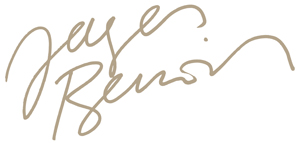David Bowie / Works > 1974 - 1976
Presentation
The gouaches dedicated to David Bowie are part of my early work from the 1970s, nourished by the musical genre commonly labeled as "Pop Music". This series is limited to a few portraits, mostly inspired by Bowie's Young Americans period in terms of looks (with the exception of one gouache reproducing the iconic image from the album Alladin Sane).
Few originals have survived loss or damages caused by time. This explains the quality of some of the reproductions shown in this chapter dedicated to Bowie, based on small very low-definition printouts, which are the only vestiges of these lost works, their original negatives having mostly disappeared.
The few "Bowie" gouaches found their support in the print photographs which the Art Department of RCA (Bowie's record company in America) let me have in 1975, and allowed me to use as a base for my research around Bowie's image, after that they took knowledge of my work for Elton John, published in the mid-1970s.
It is mostly on the RCA label that the legendary part of the British singer’s catalog prospered. A series of masterpieces inaugurated with the Space Oddity album in 1969 (released on Philips in the United Kingdom, and Mercury in the USA), series which ended in 1980 with the output of Scary Monsters (and Super Creeps). After this ultimate release on RCA, Bowie then left the label for EMI, departure followed in the wake by Let’s Dance in 1973, Bowie's biggest commercial success in his entire career.
Inebriated by the world triumph of Let’s Dance, and thus succumbing to the sirens of success and the recipes of Marketing, Bowie gave birth in the 1980s to a succession of disappointing albums (to put it mildly), in comparison to the level of excellence and prodigious creativity of the dazzling and legendary albums from the 1970s. It was only in the 1990s and 2000s that Bowie commenced to return to his sources in the fields of conceptual and visual research accompanying his musical ventures, thus moving back to his primary work's requirements and protocols that once established his status as the major artist that the release of the Space Oddity composition had boded.

© Jacques Benoit. Design, works, photographies and texts by Jacques Benoit and under the author’s copyright. Except when derived from other sources and then mentioned as such.